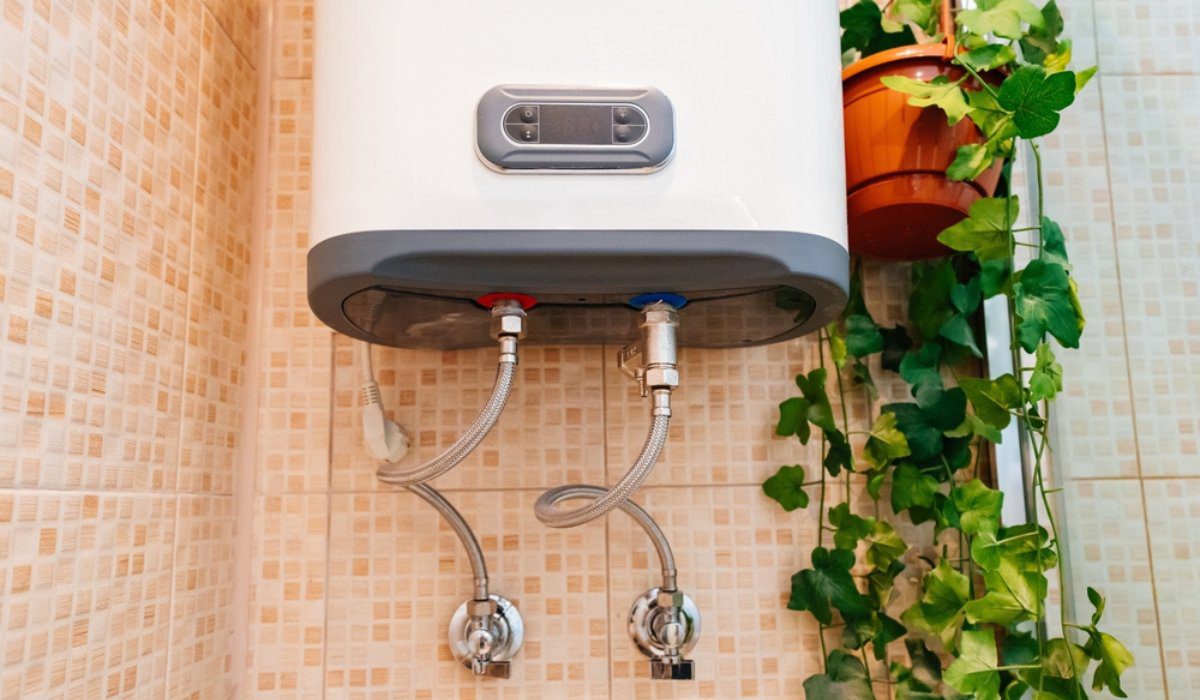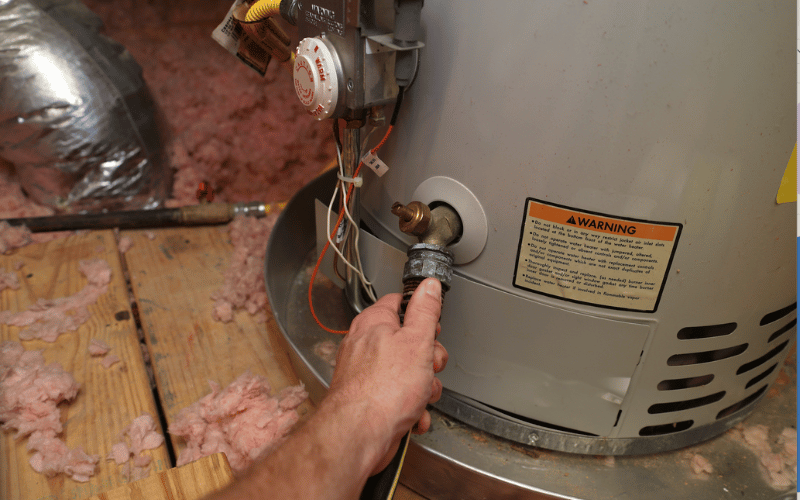What're your insights and beliefs on What Kind of Maintenance Do Water Heaters Need??

Hot water is important for everyday convenience, whether it's for a revitalizing shower or cleaning recipes. To guarantee your warm water system runs successfully and lasts longer, regular maintenance is key. This article supplies useful suggestions and understandings on exactly how to preserve your home's hot water system to prevent interruptions and expensive repair services.
Intro
Preserving your home's warm water system may appear complicated, yet with a couple of straightforward actions, you can guarantee it runs efficiently for years to come. This guide covers everything from recognizing your warm water system to do it yourself maintenance suggestions and knowing when to call in specialist aid.
Value of Preserving Your Hot Water System
Routine maintenance not just prolongs the lifespan of your hot water system yet likewise ensures it runs effectively. Neglecting upkeep can lead to lowered performance, greater energy expenses, and even premature failure of the system.
Indicators Your Warm Water System Requirements Maintenance
Knowing when your warm water system requires interest can avoid major concerns. Watch out for indications such as inconsistent water temperature level, odd noises from the heater, or corroded water.
Recognizing Your Hot Water System
Before diving right into maintenance tasks, it's handy to recognize the fundamental components of your warm water system. Normally, this includes the hot water heater itself, pipes, anode poles, and temperature controls.
Month-to-month Maintenance Tasks
Normal monthly checks can assist catch small concerns prior to they intensify.
Flushing the Hot Water Heater
Flushing your water heater gets rid of sediment build-up, enhancing performance and prolonging its life.
Monitoring and Replacing Anode Rods
Anode rods protect against corrosion inside the container. Inspecting and changing them when broken is critical.
Checking and Adjusting Temperature Level Settings
Readjusting the temperature setups ensures optimum performance and safety and security.
DIY Tips for Upkeep
You can do numerous maintenance jobs yourself to keep your warm water system in top problem.
Checking for Leaks
Regularly check pipelines and connections for leakages, as these can lead to water damages and higher expenses.
Examining Pressure Alleviation Valves
Testing the stress safety valve ensures it works properly and protects against excessive pressure build-up.
Insulating Pipes
Shielding hot water pipes minimizes warm loss and can conserve power.
When to Call a Professional
While DIY maintenance is useful, some concerns call for professional experience.
Complex Problems Calling For Specialist Help
Instances consist of significant leaks, electrical problems, or if your hot water heater is constantly underperforming.
Routine Professional Upkeep Advantages
Professional upkeep can include thorough examinations, tune-ups, and guaranteeing conformity with security standards.
Verdict
Routine upkeep of your home's warm water system is important for performance, longevity, and price savings. By following these ideas and knowing when to look for professional assistance, you can ensure a trustworthy supply of warm water without unanticipated disturbances.
How to Maintain an Instant Hot Water Heater
Before tinkering with your hot water heater, make sure that it’s not powered on. You also have to turn off the main circuit breaker and shut off the main gas line to prevent accidents. Also turn off the water valves connected to your unit to prevent water from flowing into and out of the appliance. 2. When you’re done, you have to detach the purge valves’ caps. These look like the letter “T†and are situated on either side of the water valves. Doing so will release any pressure that has accumulated inside the valves while at the same time avoid hot water from shooting out and burning your skin. 3. When the purge valves’ caps are removed, you have to connect your hosing lines to the valves. Your unit should have come with three hoses but if it didn’t, you can purchase these things from any hardware or home repair shops. You can also get them from retail stores that sell water heating systems. Read the user’s manual and follow it to complete this task properly. When the hosing lines are connected, open the purge port’s valves. 4. You should never use harsh chemical cleaners or solutions when cleaning your unit. Make use of white vinegar instead. It should be undiluted and you’ll probably use about 2 gallons. 5. Now flush your water heater. This task should probably take about 40 minutes. We can’t give you specific directions for this because the procedure is carried out depending on the type, model and brand of your heater. With that being said, refer to the user’s manual. 6. When you’re done draining the unit, you have to turn off the purge port valves again. Remove the hosing lines that you earlier installed on each of the water valves. Put the valve caps (purge port) back in their respective places and be very careful so as not to damage the rubber discs that are found inside these caps. 7. Now that everything’s back in place, check your user’s manual again to find out how to reactivate your water heating system. 8. Once it is working, turn one of your hot water faucets on just to let air pass through the heater’s water supply pipes. Leave the tap on until water flows smoothly out of it. https://www.orrplumbing.com/blog/2014/september/how-to-maintain-an-instant-hot-water-heater/

I hope you enjoyed reading our part about How to Maintain a Hot Water Heater in a Few Simple Steps. Thanks so much for taking time to read our short article. I beg you take a moment to share this post if you enjoyed it. Thank you so much for taking the time to read it.
Course Detail